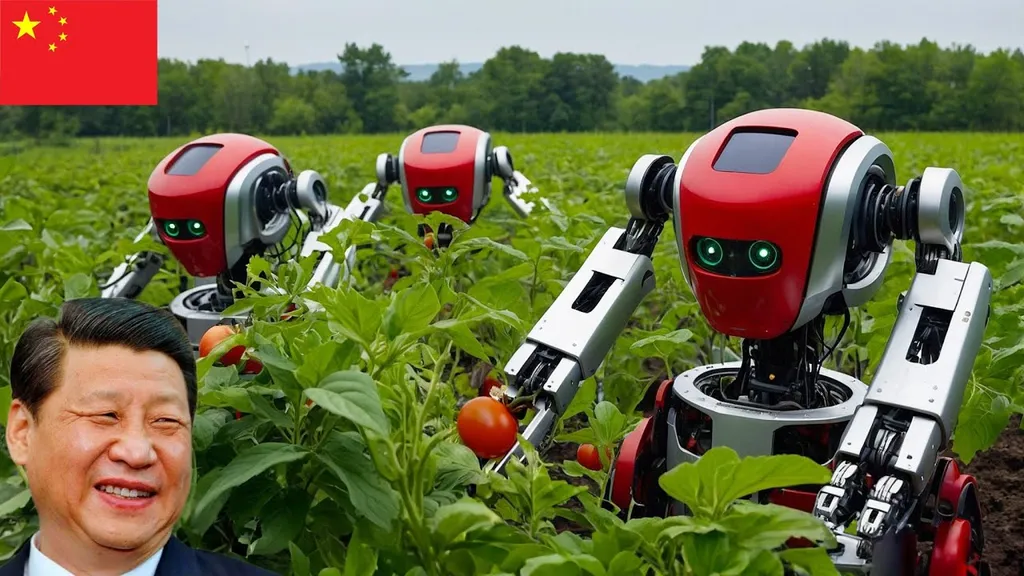In the rapidly evolving world of agricultural technology, a groundbreaking study published in the journal *智慧农业* (translated as *Smart Agriculture*) is set to redefine the capabilities of agricultural robots. Led by Dr. Wei Peigang from the Agricultural Information Institute at the Chinese Academy of Agricultural Sciences, the research delves into the realm of embodied intelligent agricultural robots, highlighting their potential to revolutionize farming practices.
The study systematically explores the key technologies that underpin these advanced robots, focusing on multimodal fusion perception, intelligent autonomous decision-making, autonomous action control, and feedback autonomous learning. “Embodied intelligence is giving agricultural robots stronger autonomous perception and complex environment adaptation ability,” explains Dr. Wei. This integration of environment perception, information cognition, autonomous decision-making, and action is paving the way for robots that can adapt to the variable, uncertain, and unstructured scenarios common in agricultural settings.
One of the most compelling aspects of this research is its analysis of typical application scenarios in agriculture. The study constructs a technical framework with “embodied perception – embodied cognition – embodied execution – embodied evolution” at its core. This framework provides a roadmap for implementing each module according to specific agricultural scenarios, offering practical insights for developers and farmers alike.
The commercial implications of this research are substantial. As the agricultural sector increasingly turns to automation and intelligent systems to enhance productivity and sustainability, the development of embodied intelligent robots could significantly impact the market. These robots promise to improve environmental adaptability, decision-making autonomy, and operational flexibility, ultimately leading to more efficient and cost-effective farming practices.
However, the journey towards widespread adoption is not without challenges. The study identifies key technical bottlenecks and application challenges, including the high complexity of system integration, the significant gap between real and virtual data, and the limited ability of cross-scene generalization. Addressing these issues will be crucial for the successful deployment of embodied intelligent agricultural robots.
Looking ahead, the research outlines several future development trends. These include the construction of high-quality datasets and simulation platforms, the application of domain large model fusion, and the design of layered collaborative architectures. “The fusion of general basic models in agricultural scenarios will bring stronger perception, understanding, and reasoning capabilities to the embodied-intelligent agricultural robots,” notes Dr. Wei. This integration of advanced technologies is expected to accelerate the development of more intelligent and efficient agricultural systems.
As the agricultural sector continues to evolve, the insights provided by this research will be invaluable. By embracing the potential of embodied intelligent robots, farmers and agricultural businesses can look forward to a future where technology and innovation drive productivity and sustainability to new heights. The study, published in *智慧农业*, marks a significant step forward in the quest to transform agriculture through intelligent automation.

